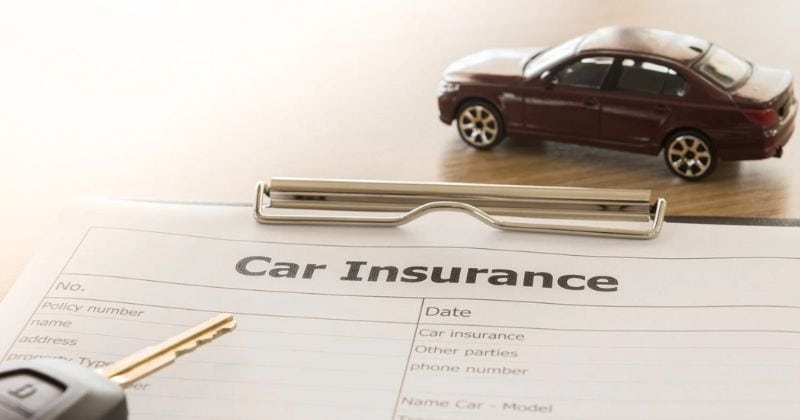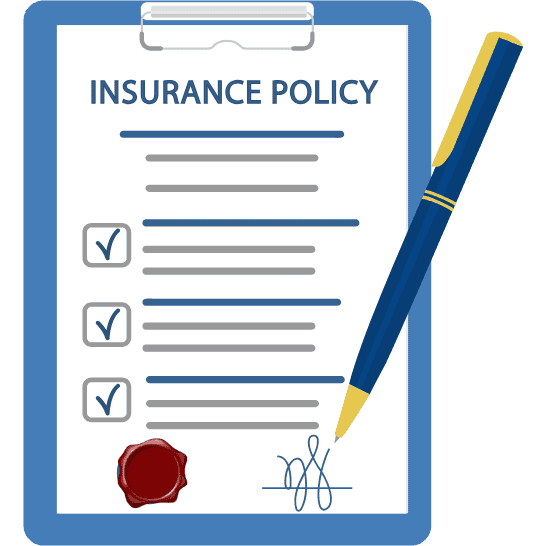What is 1st Party Insurance?

When it comes to understanding vehicle insurance, the terms "first-party," "second-party," and "third-party" often come up. These can be confusing, especially if you’re buying insurance for the first time. Let’s break down what first-party insurance really means in the context of vehicle coverage. In any insurance contract, the first party refers to the person who owns the insurance policy — in this case, you, the vehicle owner or policyholder. You are the one buying the insurance and paying the premium. First-party insurance covers you and your vehicle. It’s often known as comprehensive insurance or own-damage insurance. This type of policy provides financial protection for damage to your own vehicle due to: Simply put, 1st party insurance helps you repair or replace your vehicle if it is damaged or stolen — regardless of who is at fault. Let’s say you're driving and accidentally hit a pole, damaging your car’s front bumper. With a first-party insurance policy in place, you can file a claim to repair the damage to your own vehicle. The insurance company will bear the cost (after deductibles and as per policy terms), even though no other party was involved. 1st party insurance isn’t mandatory by law, but it is highly recommended — especially if you own a new, high-value, or financed vehicle. It offers peace of mind by safeguarding your finances against unexpected damages or total loss. Without first-party insurance, any expense related to repairing your vehicle would come entirely from your pocket, even in situations where the damage wasn't your fault. If your car is damaged and you want to raise a first-party claim, here’s a basic process: The premium for first-party insurance is higher than third-party policies, because it offers broader coverage. The cost depends on factors like: While it's more expensive, the cost is often justified by the level of protection it provides. First-party policies can be customized with add-ons for more comprehensive protection: First-party insurance is a smart, protective financial tool that covers damage to your own vehicle, whether from accidents, theft, or unforeseen natural events. While not legally required, it’s essential for anyone who wants complete peace of mind while on the road. It goes beyond minimum compliance and offers robust protection against life's unpredictabilities. Choosing the right first-party policy — possibly with suitable add-ons — ensures that your prized possession is always safeguarded.Who is the "First Party"?
What is 1st Party Insurance?
Example:
What’s Covered:
What’s Not Covered:
Difference Between 1st Party and 3rd Party Insurance
Feature
1st Party Insurance
3rd Party Insurance
Covers
Your vehicle
Other people and their property
Protection for
Own damage, theft, etc.
Injury/death/damage to third party
Premium
Higher
Lower
Legal Requirement
Optional (but recommended)
Mandatory under Motor Vehicles Act
Compensation
For your losses
For others’ losses caused by you
Why 1st Party Insurance is Important
First-Party Claims: How They Work
Cost of First-Party Insurance
Add-On Covers That Enhance 1st Party Policies
Who Should Opt for 1st Party Insurance?
Conclusion

